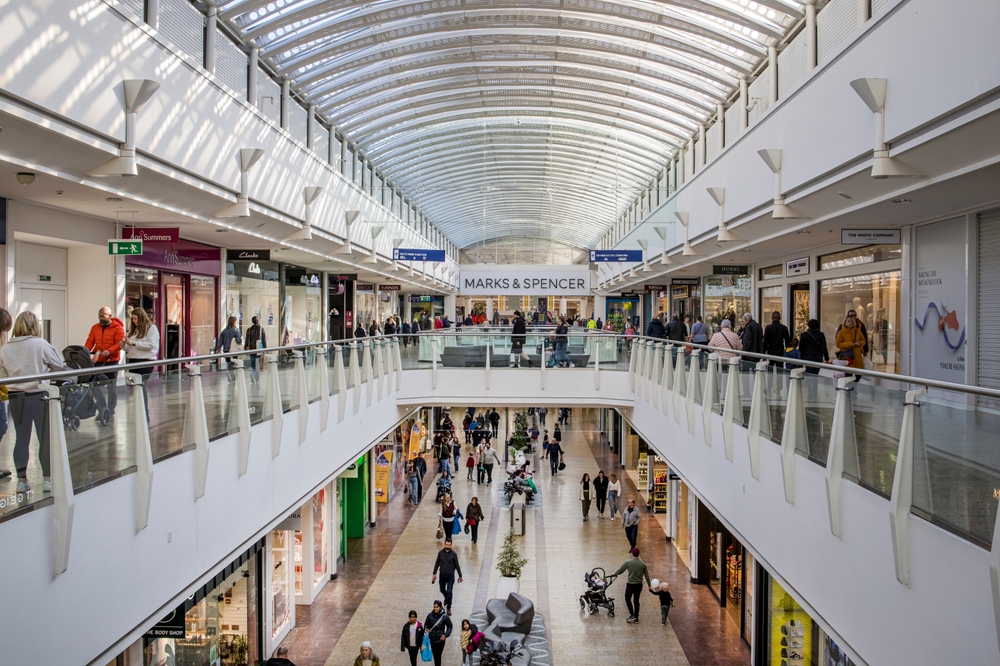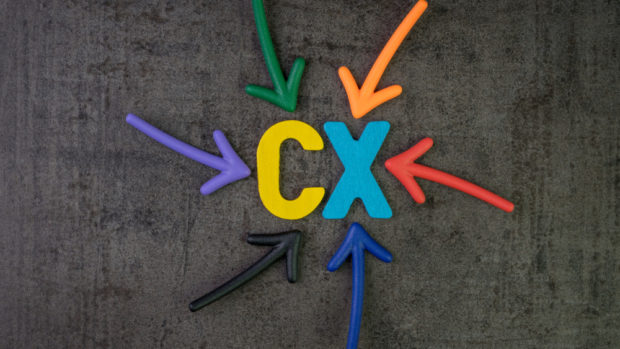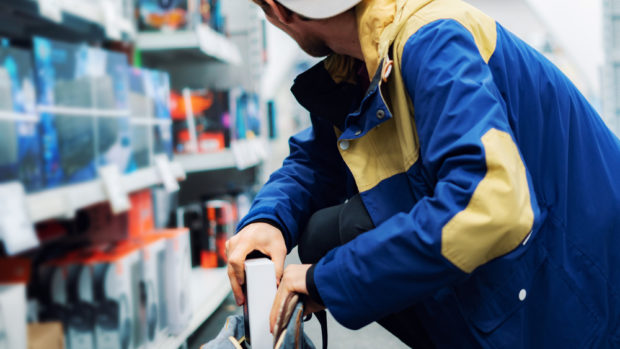
Bazaarvoice, Inc., a provider of full-funnel authentic user-generated content (UGC) solutions, has unveiled its biannual Shopper Preference Report, capturing insights from 2,008 UK consumers.
The report reveals that the UK is a global leader when it comes to the return to office, seeing 68 per cent of workers back in their desks for a portion of their week. This has a noticeable impact on in-store shopping, as 55 per cent of these consumers associate their return to the workplace with increased spending in brick-and-mortar stores, placing the UK second behind Canada.
The research also unveils another trend: Brits are very split on where they spend the most. When queried about their spending habits, 35 per cent of UK consumers say they spend more on in-store purchases, 31 per cent declare they have no significant difference between online and in-store spending, and 34 per cent state they spend more online.
The report delves into consumer behaviour, highlighting their interactions with retailers and the channels through which they make purchases. In a landscape where retailers are fiercely competing for consumer spending, grasping the underlying rationale of their audience is paramount, especially as Brit’s navigate the ongoing cost-of-living crisis. The findings reveal a diverse spectrum of spending and shopping behaviours among UK consumers.
Despite the growing importance of sustainable consumption, with three-quarters (77 per cent) of Brit’s valuing sustainability commitments in brands, the cost-of-living crisis takes precedence in purchasing decisions. This is evidenced by the fact that over two-thirds (68 per cent) of UK consumers buy at least some of their clothes from fast-fashion retailers.
A quarter (27 per cent) of Brits make monthly purchases based on items they encounter on social platforms and this number jumps to 53 per cent for consumers aged 25-34. Furthermore, more than half (62 per cent) of Brits aged 18-44 have bought a product after viewing a video of it on social media, underscoring the preference for video content in product discovery, favoured by 65 per cent of consumers over still images (25 per cent) in the same age range.
Other key UK findings from the Shopper Preference Report include:
- Brand Loyalty – Quality (48 per cent) surpasses price (44 per cent) as the primary factor influencing brand loyalty among consumers. Brand values rank low on the list of considerations, with only 3 per cent citing it as the main influencing factor. However, when selecting where to shop, 86 per cent of British respondents consider a brand’s reputation for reliability and trustworthiness to impact their loyalty to some extent, with only 10 per cent dismissing its significance entirely.
- Second-Hand Shopping – A significant number of Brit’s are reluctant to purchase second-hand items, with a third (35 per cent) reporting they have never bought items from thrift stores, charity shops, marketplaces, or second-hand platforms like Vinted and Depop.
- Online Shopping Devices – Over half of Brit’s (57 per cent) predominantly use their smartphones to make online purchases, followed by laptops (28 per cent), and tablets (11 per cent), with a minority (5 per cent) staying away from online purchases altogether.
- Retail Therapy – Brit’s top the global figures when feeling joy from “retail therapy”, with 26 per cent engaging in it frequently. However, 13 per cent of UK consumers say they cannot afford non-essential purchases currently, highlighting the strain faced by the current economic conditions.
- Private Labels – In the last six months, 58 per cent of Brit’s have purchased private label products, with fashion (49 per cent), food and beverages (60 per cent), and health and beauty (39 per cent) being the most common categories for those that have. Additionally, 42 per cent of consumers have permanently switched some staple products to private-label alternatives, while 17 per cent intend to do so in the future, indicating a growing preference for private-label goods.
Speaking to the research, Ed Hill, Senior Vice President EMEA, Bazaarvoice said, “This research is further proof that British spending habits are changing. Personal, convenience and financial preferences all play increasing roles. Brands and retailers must maintain consistency and accessibility across their various channels in an attempt to serve such a diverse range of consumer needs. Providing a seamless shopping experience and meeting evolving shopper preferences is critical for brands and retailers to maintain loyalty and repeat custom.”








Share